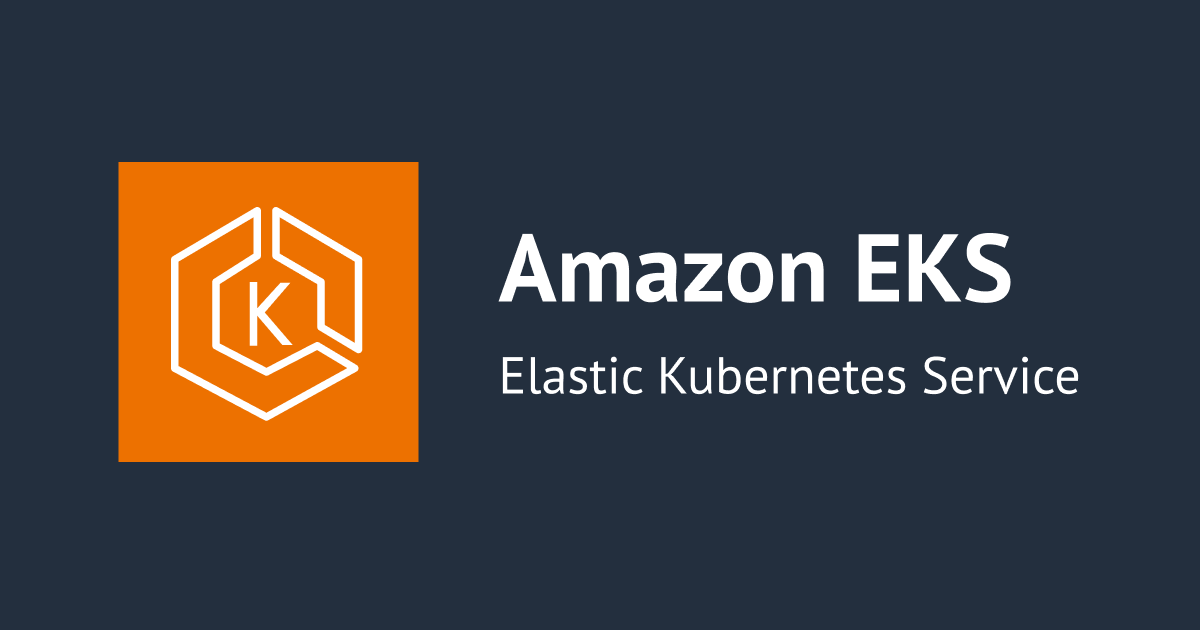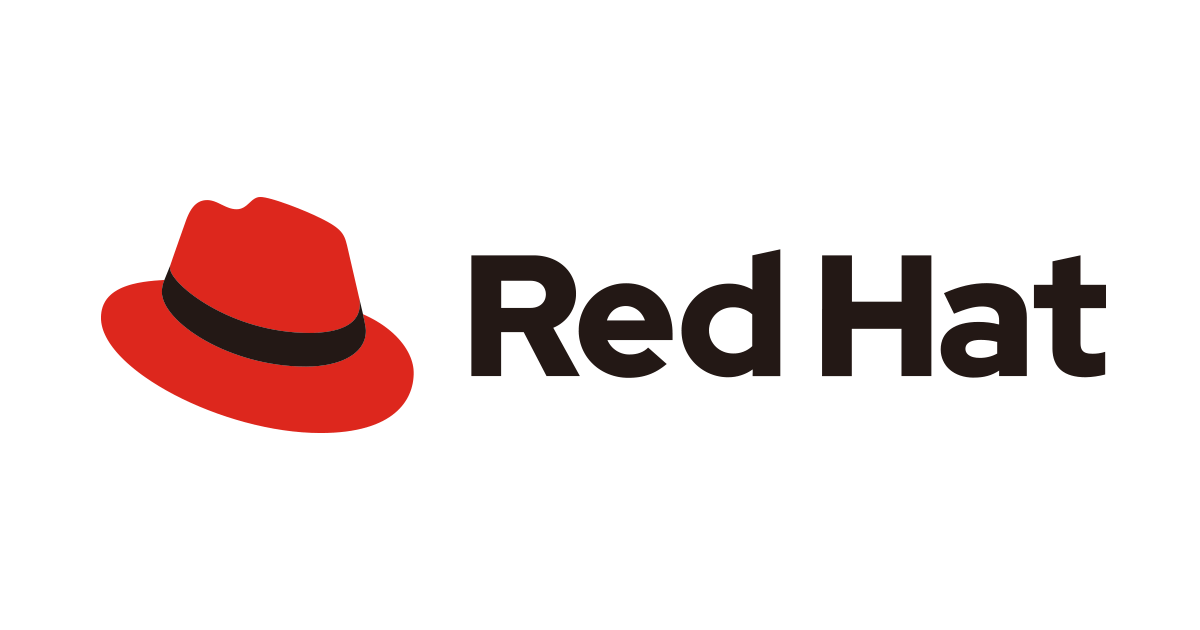
【Kube-hunter】Dockerワンライナーで30項目のkubernetes環境脆弱性テストができるOSSを試してみた
kubernetes環境、マスターノードまで含めると、構成要素は膨大かつkubernetes自体の進化も非常に早く(3ヶ月に1回)、運用コストは決して低いとは言えません。
今日はそんなkubernetes環境に対して、お手軽簡単に脆弱性試験を実施できるKube-hunterというOSSがあったので、それを使ってみた様子をお届けします。
脆弱性試験という性質上実施には厳重な注意が必要ですが、OSSかつDockerワンライナーでの実行が可能なので、実際の実行には5分もかかりません。一度あなたのk8s環境、これを機にチェックしてみてはいかがでしょうか。
(祭) ∧ ∧ Y ( ゚Д゚) Φ[_ソ__y_l〉 脆弱性試験 マツリダワッショイ |_|_| し'´J
kube-hunterとは
コンテナセキュリティソリューションで有名なAqua - Container Securityが開発したOSS。
概要は、Aquaの下記ブログが詳しいです。
一言でいうと、任意のKubernetesクラスターに脆弱性試験を実施できるツールです。
Aquaのサイトにも重要事項として記載がありますが、kube-hunterの利用は、あくまで自分自身が所有しているクラスターに対して実行するようにしてください。
kube-hunterの実行方法
kube-hunterのコードはオープンソースで、誰でもそのツールを使うことができます。また、Aquaには専用のWebサイトが設置されているので、簡単に結果を確認できます。
Kube-hunter で、メールアドレスを入力すると、専用のDocker runコマンド(トークン付き)が表示されるので、それを実行するだけです。簡単!後は、トークンに紐付けられたURLのWebサイトで、実行結果を確認することができます。このURLを知っている人はだれでも、結果を共有できます。
軽くkube-hunterで脆弱性試験をやってみた
というわけで、まずは実行してみます。
Kubernetes環境の用意
脆弱性試験対象のKubernetesクラスターとして、 今回は、Macに構築したDocker for MacのKubernetes環境を利用して検証します。
パブリッククラウド(AWSのEKSなど)のクラスタエンドポイントに対してこのツールを実行するのは、確実に脆弱性試験の範疇に入ります。もし、パブリッククラウドなどのエンドポイントに対してこのツールを実行する場合は、事前に必ず各クラウドベンダーの脆弱性試験ポリシーに準拠してください。
最初に、Kubernetesを起動します。
作成されたクラスターエンドポイントを確認します。ローカルなら、PCのIPアドレスですが、念の為。
$ kubectl describe endpoints
Name: kubernetes
Namespace: default
Labels: <none>
Annotations: <none>
Subsets:
Addresses: 192.168.65.3
NotReadyAddresses: <none>
Ports:
Name Port Protocol
---- ---- --------
https 6443 TCP
Events: <none>
kube-hunter起動用Docker runコマンドの入手
Aqua社がホストしているKube-hunterサイトにアクセスします。
テキストボックス欄にメールアドレスを入力し、「Get Started」ボタンをクリックすると、瞬時に専用のトークンがセットされたDocker runコマンドが表示されます。
事前準備はこれだけ。
kube-hunterによる脆弱性試験の実行
表示されたdocker runコマンドを、ペネトレーションテストする端末で実行します。
$ docker run -it --rm --network host aquasec/kube-hunter --token XXXXXXXX Unable to find image 'aquasec/kube-hunter:latest' locally latest: Pulling from aquasec/kube-hunter a5a6f2f73cd8: Pull complete 8da2a74f37b1: Pull complete 09b6f498cfd0: Pull complete f0afb4f0a079: Pull complete 7053893cb5fe: Pull complete 5184fdd04ff2: Pull complete 05ae3034a5ea: Pull complete 1f5732b3331e: Pull complete ca22b7022f20: Pull complete Digest: sha256:e01214f1a6f15ee41279a51d563335d06738eccfca0c6ea72bd7d2e79d6b3abb Status: Downloaded newer image for aquasec/kube-hunter:latest Choose one of the options below: 1. Remote scanning (scans one or more specific IPs or DNS names) 2. Subnet scanning (scans subnets on all local network interfaces) 3. IP range scanning (scans a given IP range)
一通りイメージのダウンロードが終わると、プロンプトが表示されます。ここで、脆弱性試験対象のクラスターエンドポイントを指定します。
今回は、1を選んで、IPアドレスを指定すると、対象のエンドポイントに対して脆弱性試験が開始されます。
1. Remote scanning (scans one or more specific IPs or DNS names) 2. Subnet scanning (scans subnets on all local network interfaces) 3. IP range scanning (scans a given IP range) Your choice: 1 Remotes (separated by a ','): 192.168.65.3 ~ Started ~ Discovering Open Kubernetes Services... Report will be available at: +-----------------------------------------------------------------------------------------------------------------------------------------------------------------------------------------------------------------------------------------------+ | https://kube-hunter.aquasec.com/report.html?token=XXXXXXXXXX | +-----------------------------------------------------------------------------------------------------------------------------------------------------------------------------------------------------------------------------------------------+ --- 以下、試験結果諸々 ---
試験結果は、Docker run時のトークンと紐づけたWebサイトも用意されているので、アクセスすることで、試験結果を画面で共有することも可能です。こういう細かい使い勝手の良さは素敵ですね。
自分のMacでのKubernetesバージョンはこちら。
$ kubectl version --short Client Version: v1.10.3 Server Version: v1.10.11
この場合、14個脆弱性が発見されています。
実行結果はこちらを参照。
kube-hunter-result-for-hamako9999-mac
ワンライナーでの利用
kube-hunterですが、Webサイトで試験結果を共有しないのならトークン指定は不要です。そのまま、docker runのワンライナーで実行できるので、そこらへん活用すると便利。
このあたりは、公式GitHUbのこちらに詳しく説明されているので、合わせて確認ください。
aquasecurity/kube-hunter: Hunt for security weaknesses in Kubernetes clusters
スキャン方法は3種類。
1. リモートスキャン
パブリッククラウド(AWSのEKSなど)のクラスタエンドポイントに対してこのツールを実行するのは、確実に脆弱性試験の範疇に入ります。もし、パブリッククラウドなどのエンドポイントに対してこのツールを実行する場合は、事前に必ず各クラウドベンダーの脆弱性試験ポリシーに準拠してください。
リモートマシンへの脆弱性試験は、--remoteを使います。
docker run -it --rm --network host aquasec/kube-hunter --remote yourcluster.hamako.com
2. インターナルスキャン
インターナルスキャンを実施する場合、--internalを使います。リモートマシンへの脆弱性試験は、--remoteを使います。
docker run -it --rm --network host aquasec/kube-hunter --internal
3. ネットワークスキャン
一定のネットワーク範囲をネットワークスキャンには、--cidrを利用できます。
docker run -it --rm --network host aquasec/kube-hunter --cidr 192.168.0.0/16
脆弱性試験対象一覧
試験対象は大きく分けて、passiveスキャンとactiveスキャンの2種類あります。デフォルトでは、passiveテストのみ実行されます。
passiveスキャン(21項目)
passiveスキャンでは、クラスターの状態は決して変更されません。いろいろありますが、概ね以下の内容がスキャン対象です。
- ローカル環境のkubectlクライアントの有無
- proxy背後のdasyuboard
- オープンProxyサービスの確認
- Etcdのリモートアクセスチェック
- podへの機密情報のアクセス可否
- kubectlのCVE確認
- ダッシュボードの有無
- API Serverへのアクセス可否
- kubernetes、SSL認証のためのメールアドレスチェック
スキャン項目の詳細は、--listオプションで確認できます。
$ docker run -it --rm aquasec/kube-hunter --list Passive Hunters: ---------------- * Etcd service check for the existence of etcd service * API Server Hunter Accessing the API server using the service account token obtained from a compromised pod * Kubelet Discovery Checks for the existence of a Kubelet service, and its open ports * Kubectl Client Discovery Checks for the existence of a local kubectl client * Proxy Hunting Hunts for a dashboard behind the proxy * Proxy Discovery Checks for the existence of a an open Proxy service * Dashboard Hunting Hunts open Dashboards, gets the type of nodes in the cluster * Kubelet Readonly Ports Hunter Hunts specific endpoints on open ports in the readonly Kubelet server * Etcd Remote Access Checks for remote availability of etcd, its version, and read access to the DB * Access Secrets Accessing the secrets accessible to the pod * Kubelet Secure Ports Hunter Hunts specific endpoints on an open secured Kubelet * Host Discovery Generates ip adresses to scan, based on cluster/scan type * AKS Hunting Hunting Azure cluster deployments using specific known configurations * Port Scanning Scans Kubernetes known ports to determine open endpoints for discovery * Kubectl CVE Hunter Compares version of the kubectl binary to known CVE affected versions * K8s Dashboard Discovery Checks for the existence of a Dashboard * API Server Discovery Checks for the existence of a an API Server * API Server Hunter Checks if API server is accessible * Host Discovery when running as pod Generates ip adresses to scan, based on cluster/scan type * CVE hunter Checks if Node is running a Kubernetes version vulnerable to critical CVEs * Certificate Email Hunting Checks for email addresses in kubernetes ssl certificates
activeスキャン(7項目)
activeスキャンは、クラスターの状態を変更する可能性があり、クラスターに害を及ぼす可能性があるので利用は注意してください。主に以下の内容がチェック対象です。
- APIサーバーに対して、攻撃者がフル権限をもつことができるかチェック
- Proxyが公開されている場合の、バージョン情報や関連情報の抜き出し
- etcdへのリモートアクセス、およびデータ挿入の試行
- コンテナ無いのunameの実行、ログの取得
デフォルトでは、activeスキャンは無効となっているため、必要な場合は、--activeオプションを付与します。
スキャン項目の詳細は、--list --activeオプションで確認できます。
$ docker run -it --rm aquasec/kube-hunter --list --active Active Hunters: --------------- * API server hunter Accessing the api server might grant an attacker full control over the cluster * K8s Version Hunter Hunts Proxy when exposed, extracts the version * Azure SPN Hunter Gets the azure subscription file on the host by executing inside a container * Build Date Hunter Hunts when proxy is exposed, extracts the build date of kubernetes * Etcd Remote Access Checks for remote write access to etcd- will attempt to add a new key to the etcd DB * Kubelet Run Hunter Executes uname inside of a random container * Kubelet Container Logs Hunter Retrieves logs from a random container
kube-hunterの実行場所
kube-hunterの実行場所は3種類あります。
クライアントマシンでの実行
上では、docker runで実行していましたが、クライアントにpython実行環境があれば、Git Cloneした後直接、kube-hunterを動かせます。
- python 2.7 or phtyon 3.x
- pip
Gitリポジトリのクローン。
$ git clone https://github.com/aquasecurity/kube-hunter.git
モジュールインストール。
cd ./kube-hunter pip install -r requirements.txt
kube-hunterの実行。
./kube-hunter.py
コンテナでの実行
これは、ここまでの利用例で書いていた内容です。基本的に、DockerHubのaquasec/kube-hunterは常にメンテナンスされていますが、現在、GitHubリポジトリからのオートビルドは動いていないようなので、利用するときは最新バージョンか都度確認する必要があります。
トークンを利用した、Kube-hunter by Aquaでの、試験結果確認は、Dockerバージョンでのみ提供されています。
Podでの実行
クラスター内のPodとして、kube-hunterを定期事項できます。PodのJobとして登録するためのマニフェストファイルが、job.yamlにて提供されているので、それを使いましょう。
お手軽簡単にk8s環境の脆弱性試験やってみそ
以下、kube-hunter利用上の注意点を再度挙げます。
- 必ず自分が所有しているクラスターに対して実行すること
- リモートスキャンする場合は、必ずホスティング環境の脆弱性試験ポリシーに準拠すること
- 特にAWSの場合、一部例外はありますが脆弱性試験は基本的に事前申請が必須です
kube-hunter、OSSかつ、Dockerワンライナーで利用できるため、試験自体は速攻実行できます。リモートでの実行は上述したとおり注意が必要ですが、ワーカーノードの中や、プライベート環境からの実行はすぐにできると思うので、一度、運用しているkubernetes環境のチェックに使ってみてはいかがでしょうか。
それでは、今日はこのへんで。濱田(@hamako9999)でした。










